In Washington D.C., unlike in New York or Los Angeles, there are no skyscrapers. The reason is a still-enforced fire safety law from 1899, which sets the maximum building height in the city to 90 ft to 160 ft, depending on the width of the street.

-
Table of Contents
Building Height Law in Washington D.C.
The first law, The Height of Buildings Act of 1899, limiting the height of buildings in the city, was passed in 1899. It responded to the growing trend of building new structures with steel frameworks. At that time, this was a new technology, and some citizens were concerned that these buildings might collapse in the future due to the corrosion of the steel. There were also fears of potential fires at the top of the buildings and the limited ability to extinguish them.
High-rise buildings in Washington D.C. became a social issue after the opening of the 164 ft-foot-tall Cairo Apartments in 1894.
The newly passed law prohibited the construction of new buildings taller than five stories or exceeding the specified height limit. The limit varied depending on the type of street and surrounding buildings.
Residential buildings could not exceed 90.0 ft feet, commercial buildings could be no taller than 110.0 ft feet, and buildings on streets at least 160.0 ft feet wide could be built up to 130.0 ft feet tall. All buildings taller than 75.0 ft feet had to meet fire safety requirements, which clearly defined the building’s structural design.
In 1910, the law was amended by The Height of Buildings Act of 1910, which clarified further restrictions. The maximum height of new buildings was thereafter determined by the width of the adjacent street, plus an additional 20.0 ft feet.
The maximum allowable height was 90.0 ft feet on residential streets, 130.0 ft feet on commercial streets, and 160.0 ft feet on a short section of Pennsylvania Avenue in the northern part, between 1st and 15th streets, across from Federal Triangle.
The law has been amended several times since then, with exceptions added for new buildings. The tallest residential building in Washington D.C. is the Basilica of the National Shrine of the Immaculate Conception at a height of 329 ft. The second tallest is the Old Post Office building on Pennsylvania Avenue at a height of 315 ft, and the third tallest is the Washington National Cathedral at a height of 301 ft.
-
Security Measures
The second reason is security measures related to Washington D.C.’s role as the seat of government. The city is home to the White House, the U.S. Capitol, and the buildings of various federal agencies.
Certain areas of the city are designated as permanent no-fly zones, and other security measures are in place that would be disrupted by the construction of high-rise buildings.
-
Historic Photos of Washington D.C.
The atmosphere of Washington D.C. at the turn of the 19th and 20th centuries is captured in photographs from the archives of the Library of Congress. You can view more great photos from that time directly on their website.
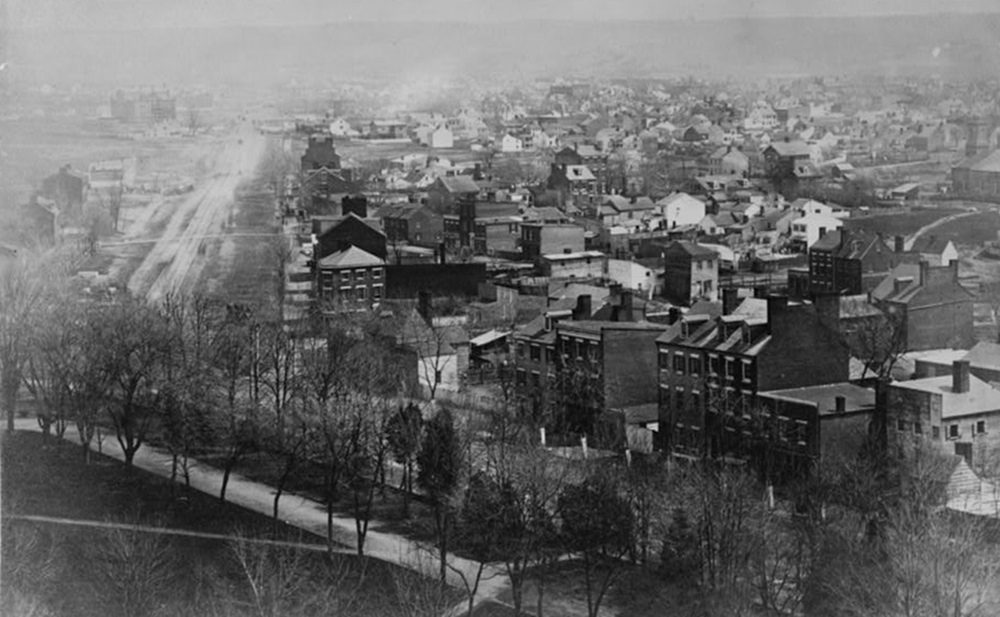
One of the first photographs of Washington D.C. was taken around 1863. It shows a southeast view of the city with Pennsylvania Avenue on the left, the Capitol area, and A Street and B Street in the foreground. The image includes St. Peter’s Catholic Church and Wallach School.
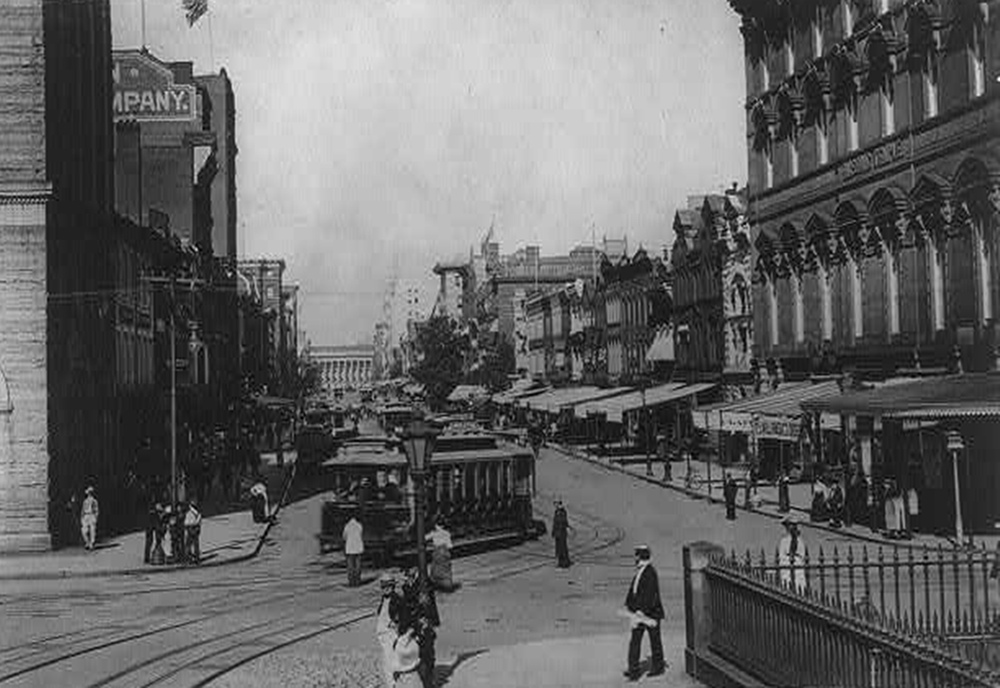
This photograph was taken around 1900 at the corner of 9th Street and the south side of F Street NW. On the left is the Washington Loan and Trust Co. building, completed in 1891.
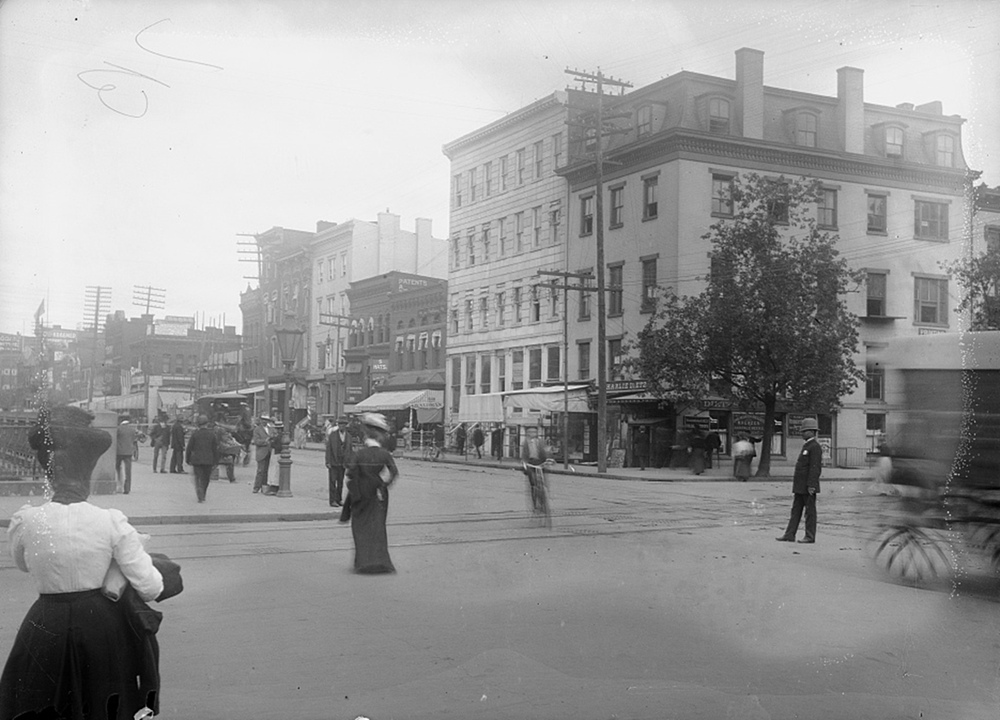
This photo from 1901 shows the east side of 7th Street NW looking north from F Street.
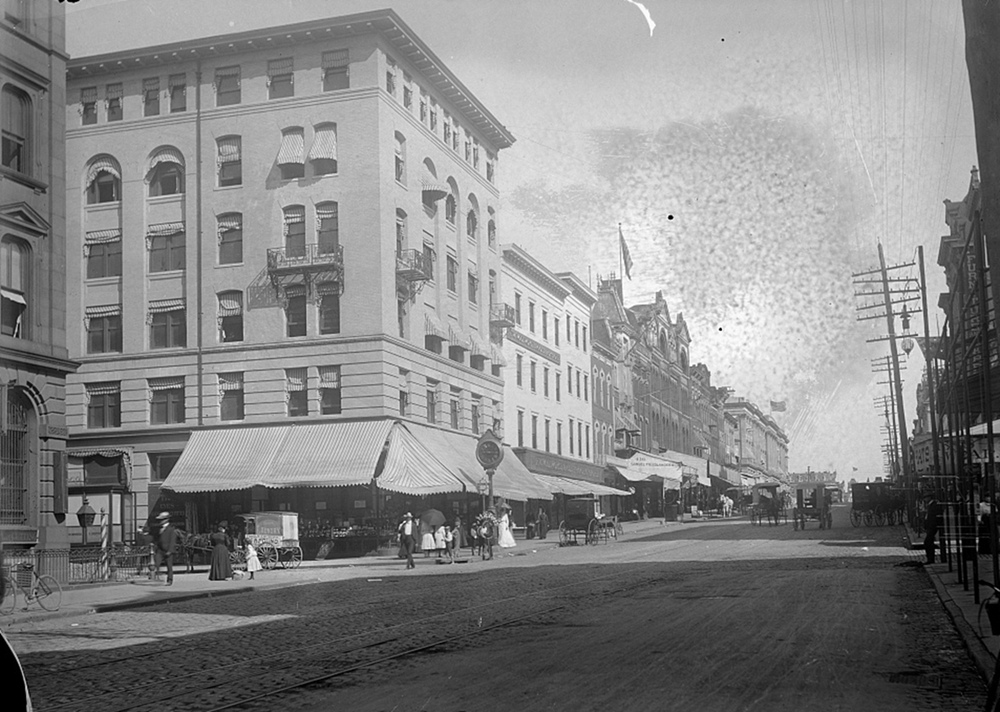
A 1901 photo showing the west side of 7th Street NW looking north from D Street.
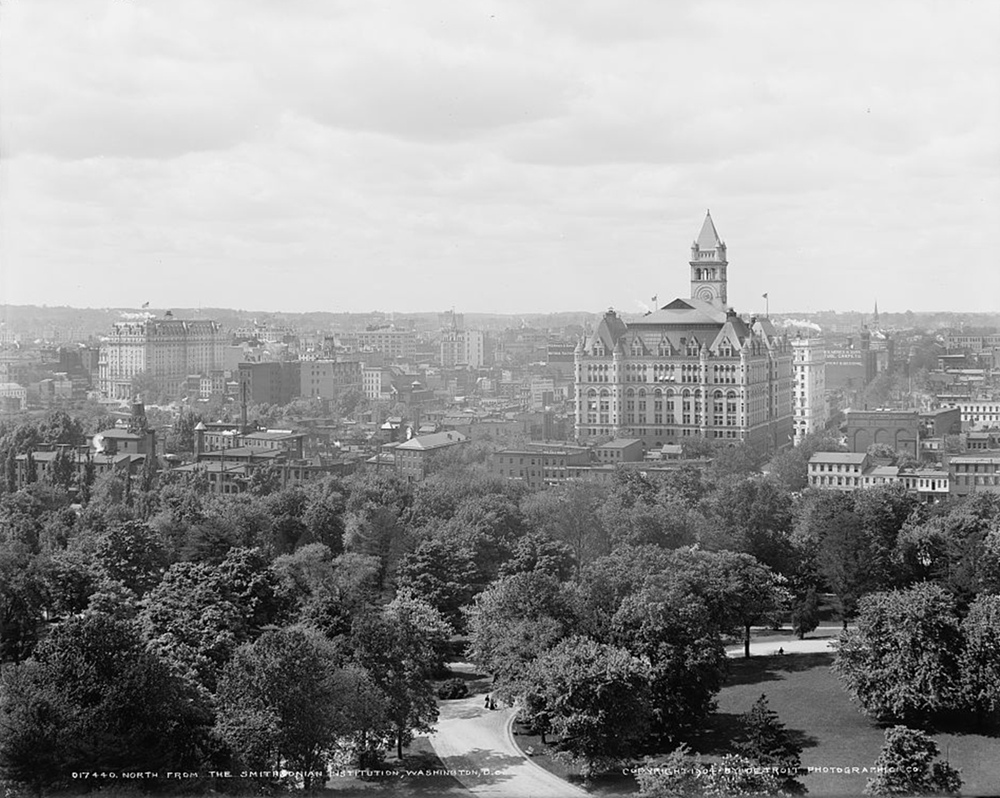
This 1904 photo shows the Willard Hotel on the left and the Old Post Office building with its clock tower on the right along Pennsylvania Avenue. In the center is the Sun Building, with the Cairo Apartments visible on the horizon above it.
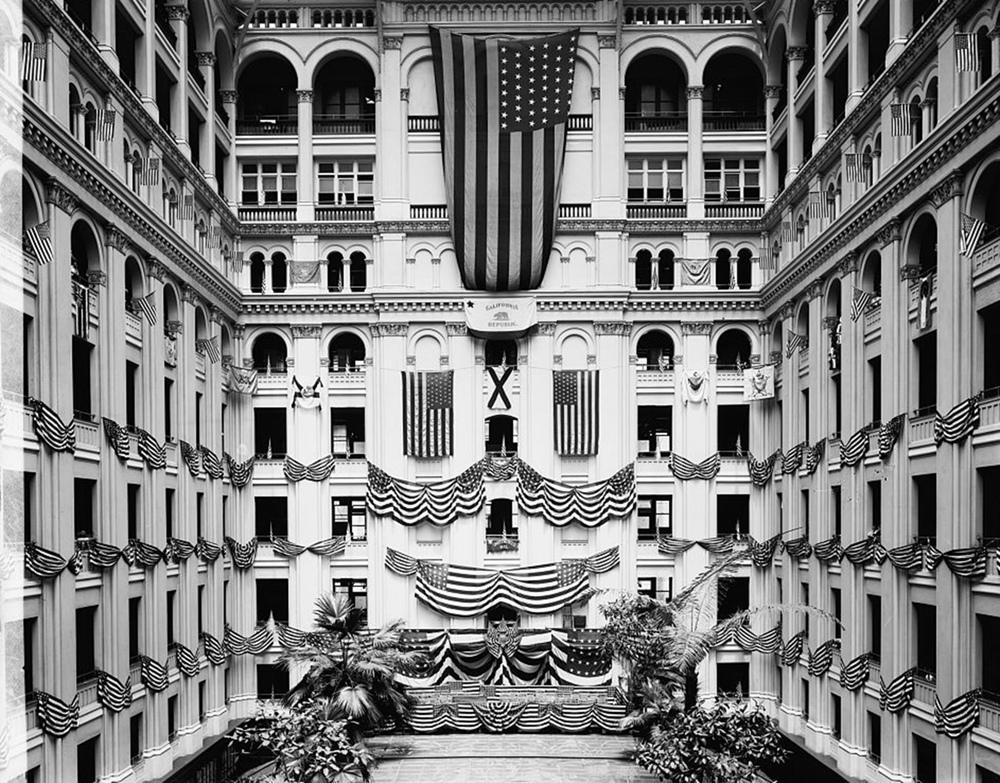
This photograph captures flags on the Old Post Office building on Pennsylvania Avenue during Flag Day in 1913.
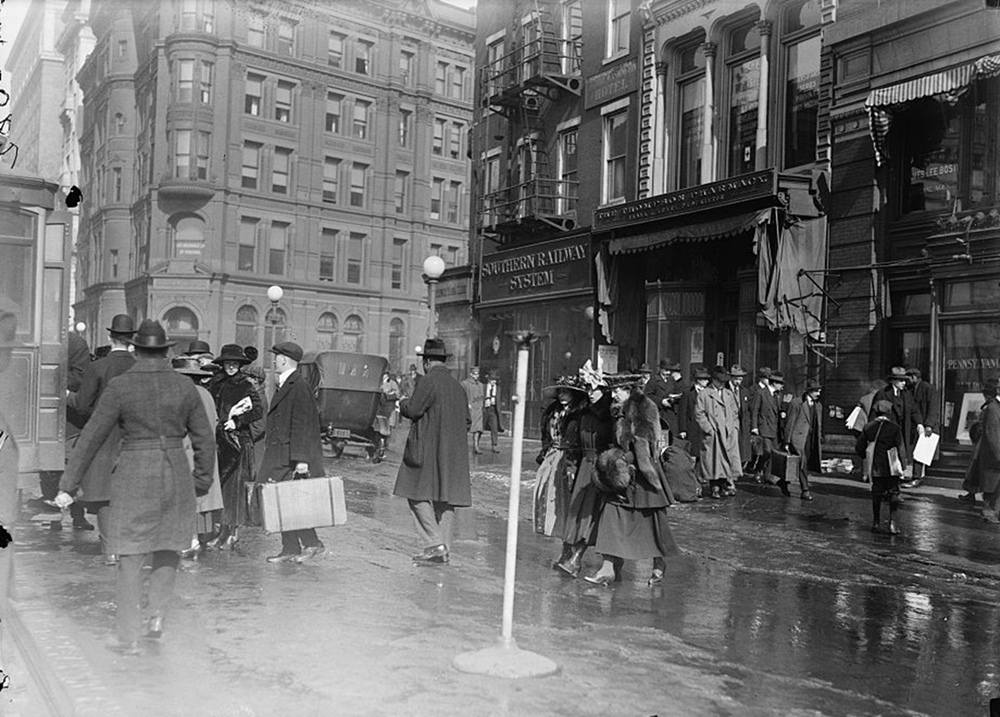
A photograph taken between 1913 and 1918 by the Washington studio Harris & Ewing showing the hustle and bustle on G Street.
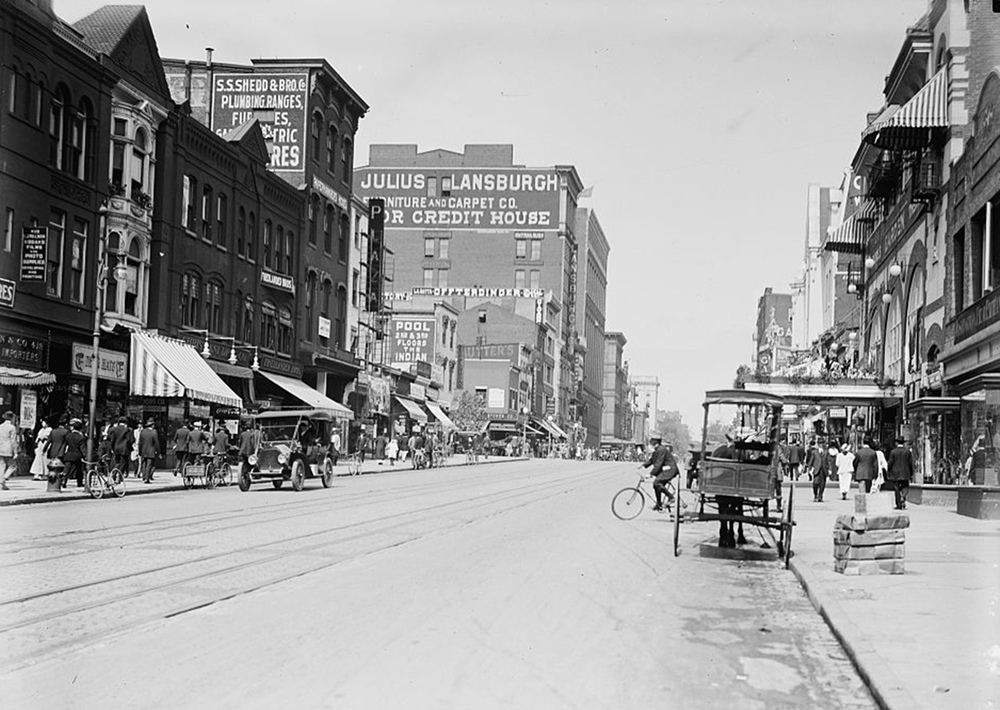
In 1915, a photographer from the same Harris & Ewing studio captured activity on F Street.

 10 Best Photo Places in the USA
10 Best Photo Places in the USA



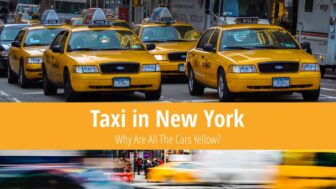
Contribute with Your Question or Personal Experience